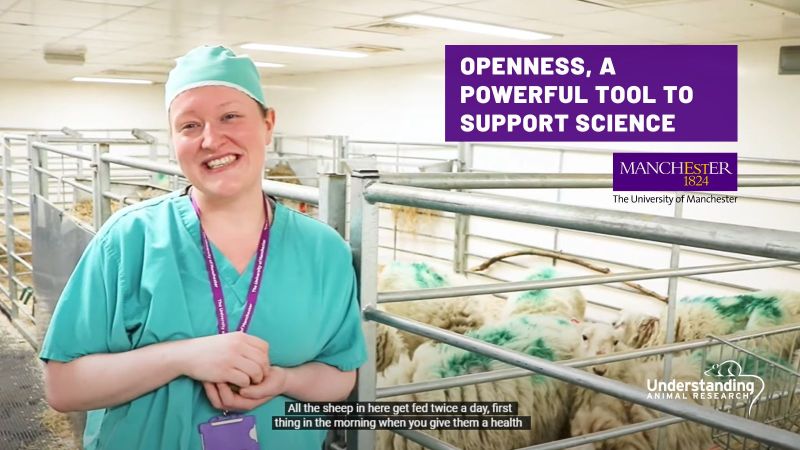Law, injunctions and policing
Text to go here
A number of laws and civil remedies and better policing have proved effective against animal rights extremism (ARE) in the UK. Extremists have been prosecuted successfully under conspiracy and blackmail laws.
We outline sections dealing with ARE in the Serious Organised Crime and Police Act 2005 and the use of injunctions by institutions seeking greater protection from intimidation, as well as the national police response to ARE.
Serious Organised Crime and Police Act 2005
Aims to prevent and detect serious organised crime and contribute to the reduction of such crime in other ways and to mitigate is consequences, and created the Serious Organised Crime Agency to achieve these goals. Specific to the ARE threat, the Act aims to tackle attacks on the supply chain, prevent personal intimidation, target organisers and planners of unlawful activity, and allow only peaceful protest and persuasion. See especially:
- Section 125: Harassment intended to deter lawful activities. Extends the Protection from Harassment Act 1997
- Section 126: Harassment etc of a person in his home. Creates a new offence of harassment of a person in his/her home.
- Section 127: Harassment etc: police direction to stay away from person's home. Amends Section 42 of the Criminal Justice and Police Act 2001
- Section 145: Interference with contractual relationships so as to harm animal research organisation. Creates a new offence aimed at preventing economic damage to animal research organisations.
- Section 146: Intimidation of persons connected with animal research organisation - Creates a new offence aimed at preventing intimidation.
- Section 147: Penalty for offences under sections 145 and 146.
- Section 148: Animal research organisations. For the purposes of Sections 145 and 146, defines ‘animal research organisations'.
- Section 149: Extension of sections 145 to 147. Puts in place a procedure whereby Sections 145-147 of the Act may be extended to other persons or organisations.
Injunctions
Injunctions are among the civil remedies used increasingly by institutions to protect themselves from persecution by animal rights extremists. Simply put, an injunction is a writ issued by a court (a High Court in the UK) ordering someone to do something, ordering someone not to do something, or ordering someone to do something according to a certain set of defined criteria. For example:
- Protest location, time, character, and duration are restricted.
- Exclusion zones are created around company/institution/personal property, from which protestors are barred entry.
- Specific forms of harassment of protected persons (photographing them or their vehicles, following them, etc) are prohibited.
- Abusive communications - letters, packages, defamatory public notices - are prohibited.
- Violations of the orders given in an injunction are criminal offences, and are punishable by imprisonment or fine or both.
The use of injunctions as anti-ARE tools, and the stiffening of penalties imposed by injunctions, seem to have had a significant deterrent effect. This in turn serves to boost morale within the protected organisation. If institutions or organisations with common links band together in a unified protective front, as five Japanese biosciences companies systematically targeted by SHAC did in 2003 when they all filed injunctions on the same day, this sends an even stronger message.
Police reform
The National Extremism Tactical Coordination Unit (NETCU) was established in 2001, as part of the national policing response to domestic extremism, including animal rights extremism. However, insufficient progress was made until a National Coordinator for Domestic Extremism was appointed in July 2004. This increased commitment led to a significant rise in the number of arrests and prosecutions of animal rights activists.
IMAGE: Laws and civil injunctions were used successfully to enable Oxford University to complete the construction of its new biomedical research facility.



